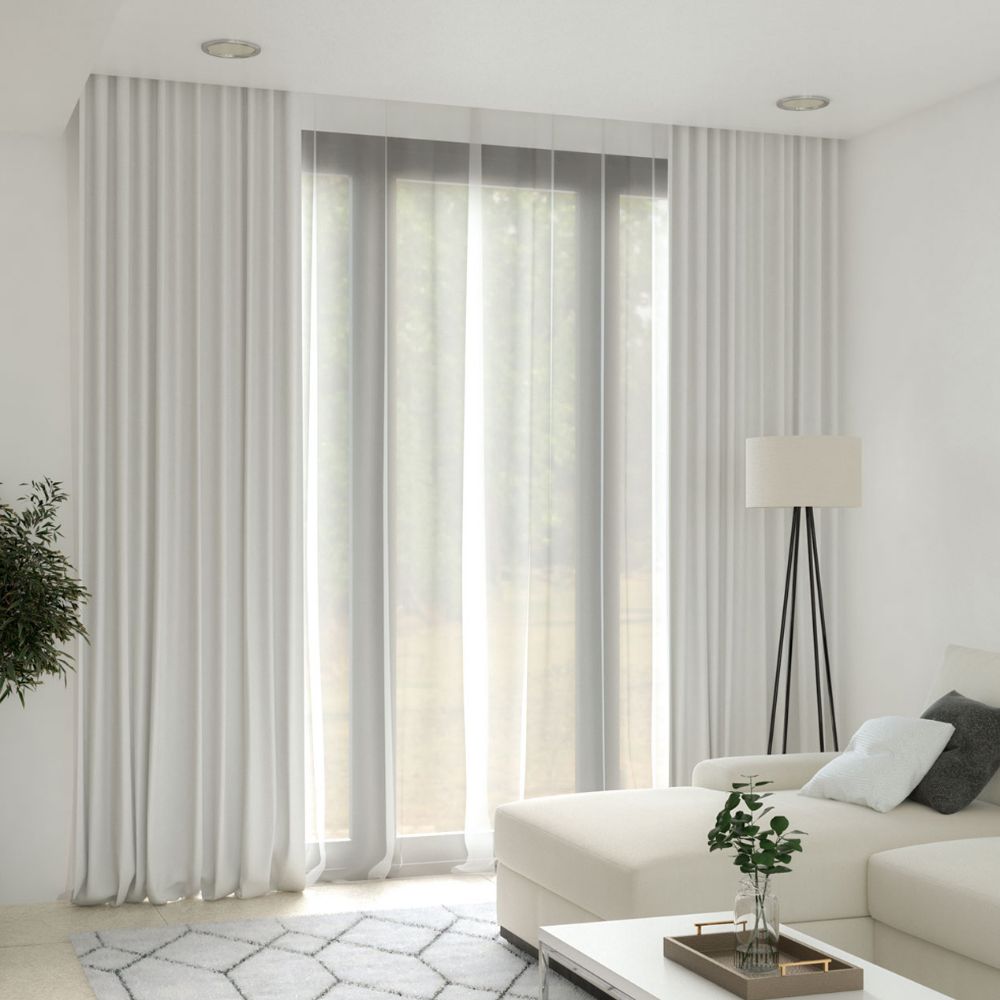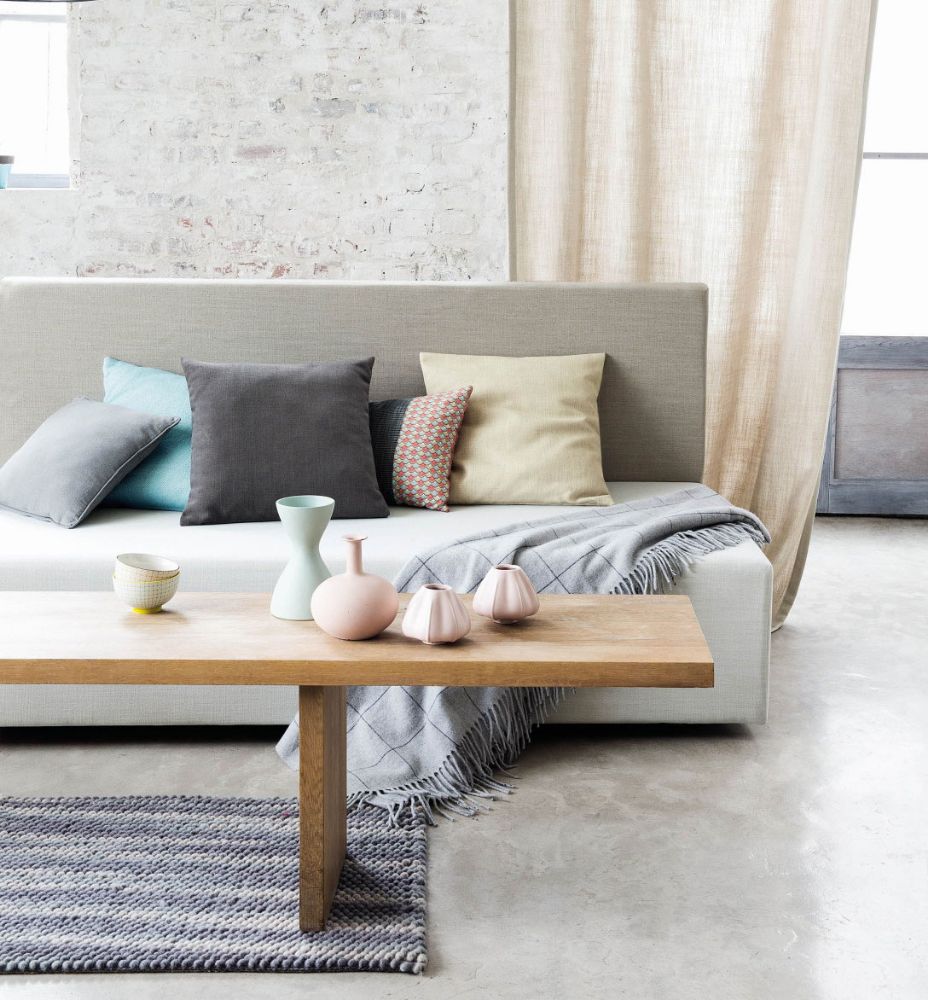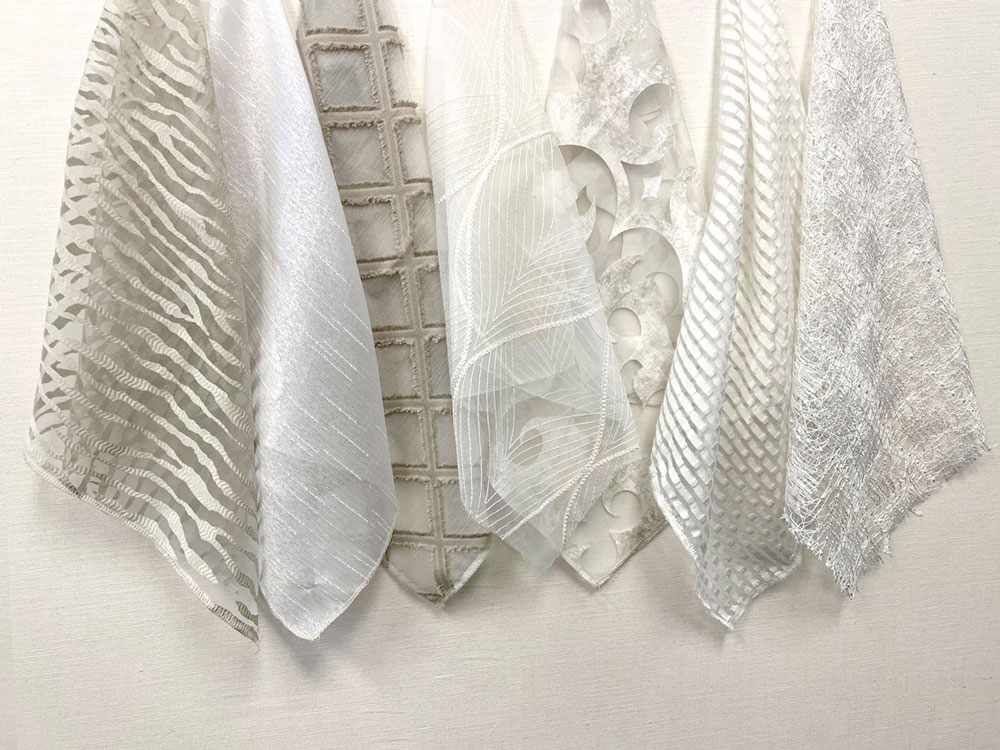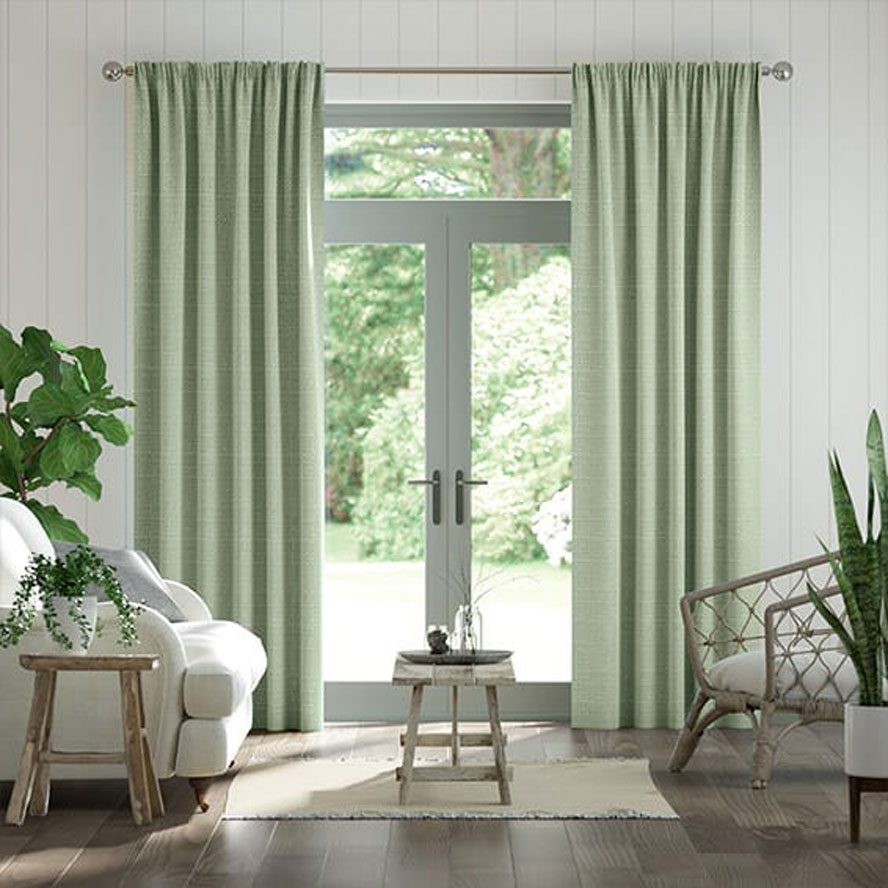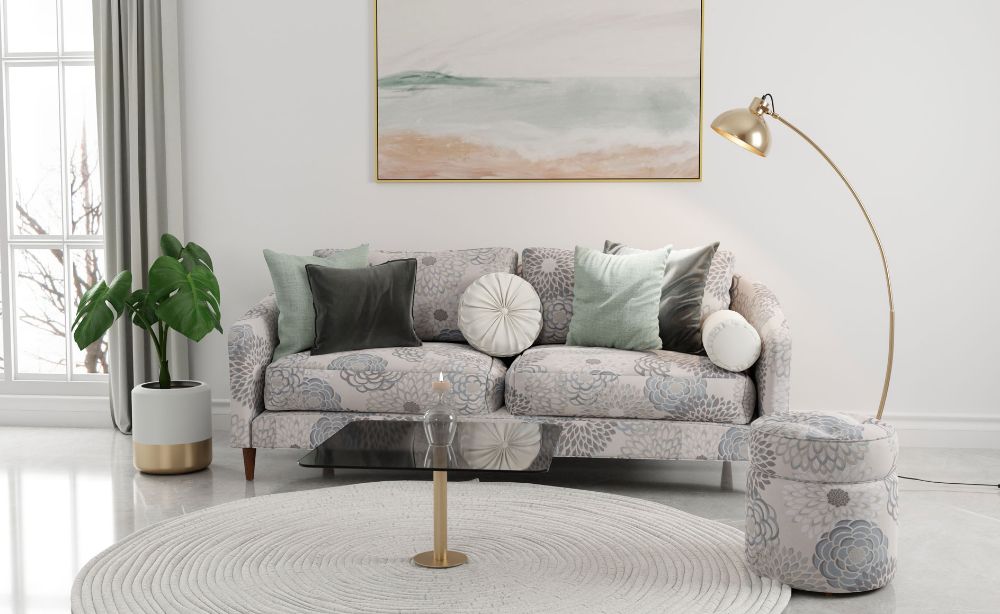
When it comes to window treatments, most people think of curtains, blinds, and shades. However, there's another element that can take your drapery game to the next level: decorative tapes and trims.
Decorative drapery tapes and trims are an easy and affordable way to add a touch of elegance and style to your curtains and drapes. They come in a variety of materials, including velvet, silk, cotton, and linen, and can be used to create a wide range of looks, from classic and traditional to modern and trendy.
Here are some of the ways you can use decorative drapery tapes and trims to elevate your window treatments:
Add Contrast and Definition One of the simplest ways to use decorative tapes and trims is to add contrast and definition to your curtains. For example, if you have white curtains, you can add a black velvet tape to create a bold, graphic look. Similarly, you can use a metallic or beaded trim to add a touch of glamour and sparkle to your drapes.
Create a Border Another way to use decorative tapes and trims is to create a border around the edges of your curtains. This can be especially effective if you have a patterned fabric and want to highlight the edges of the panels. A wide, contrasting tape can create a bold, modern look, while a narrow, matching tape can create a more subtle effect.
Embellish the Hemline Decorative tapes and trims can also be used to embellish the hemline of your curtains. A fringed or tasseled trim can add a touch of bohemian chic, while a beaded or embroidered tape can create a more traditional, elegant look.
Mix and Match One of the great things about decorative drapery tapes and trims is that they can be mixed and matched to create unique, personalized looks. For example, you can use a velvet tape on the top of your curtains and a metallic trim on the bottom, or you can use a wide silk tape on one panel and a narrow linen tape on the other.
When it comes to choosing decorative drapery tapes and trims, there are a few things to keep in mind. First, consider the style and color of your curtains or drapes, as well as the overall style of your room. Look for tapes and trims that complement your existing decor and enhance the overall look and feel of the space.
Second, think about the size and scale of the tape or trim. A wide tape can create a bold, dramatic effect, while a narrow tape can create a more subtle look. Similarly, a large, elaborate trim may be overpowering on a small, delicate curtain, while a simple, understated trim may be lost on a large, voluminous drape.
Finally, don't be afraid to experiment and try different combinations of tapes and trims. Play around with colors, materials, and patterns to find the perfect combination for your space.
In conclusion, decorative drapery tapes and trims are a simple, affordable way to elevate your window treatments and add a touch of elegance and style to your home. Whether you're looking for a modern, graphic look or a traditional, luxurious feel, there's a tape or trim out there that can help you achieve your design goals. So why not give it a try and see how decorative tapes and trims can transform your curtains and drapes into works of art!

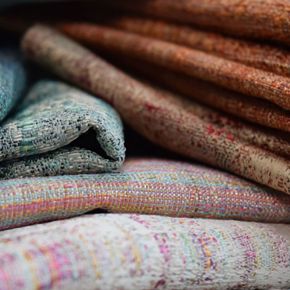
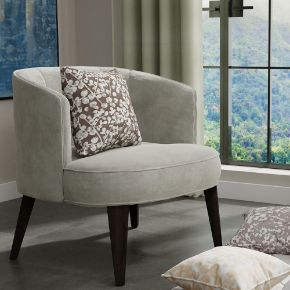
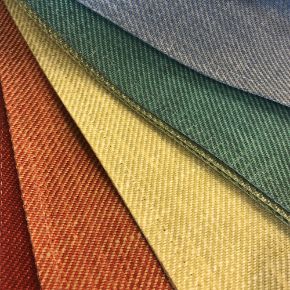
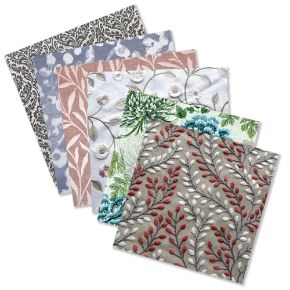
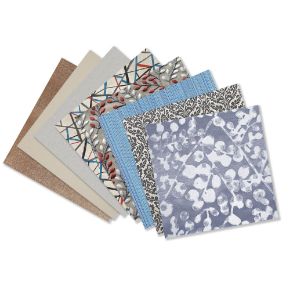
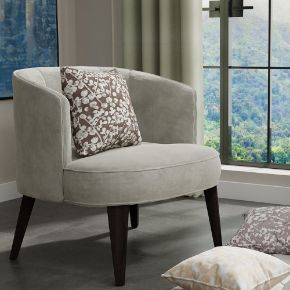
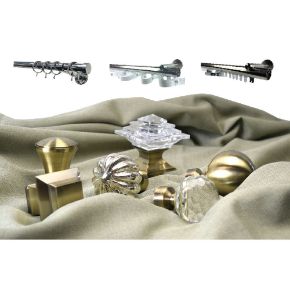
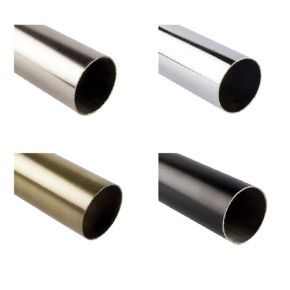
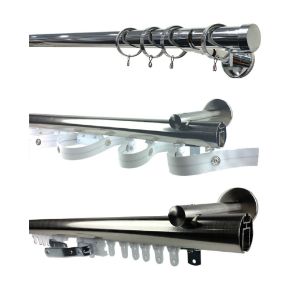
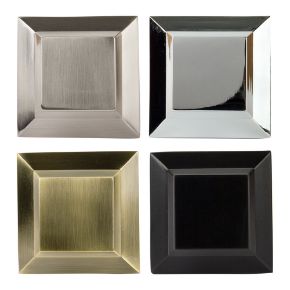
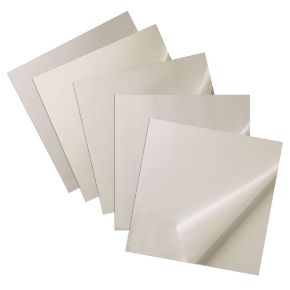
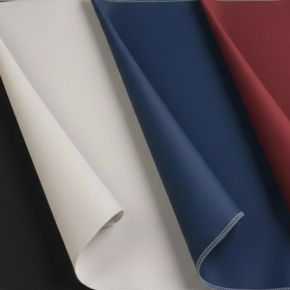
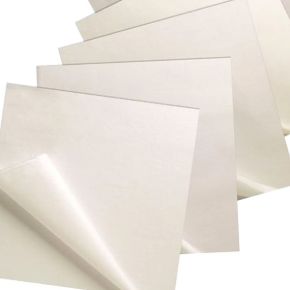
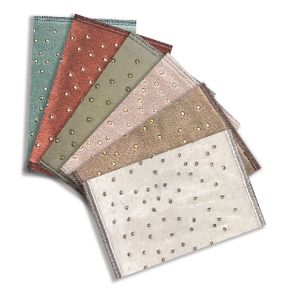
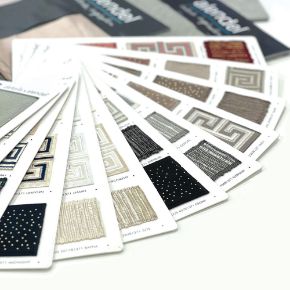
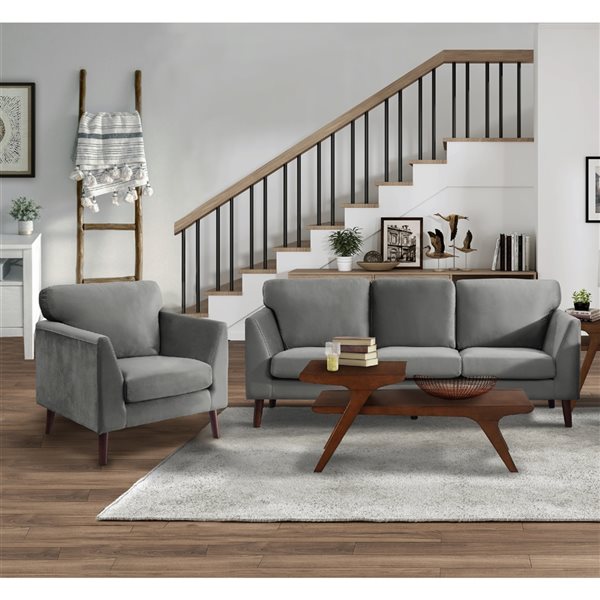
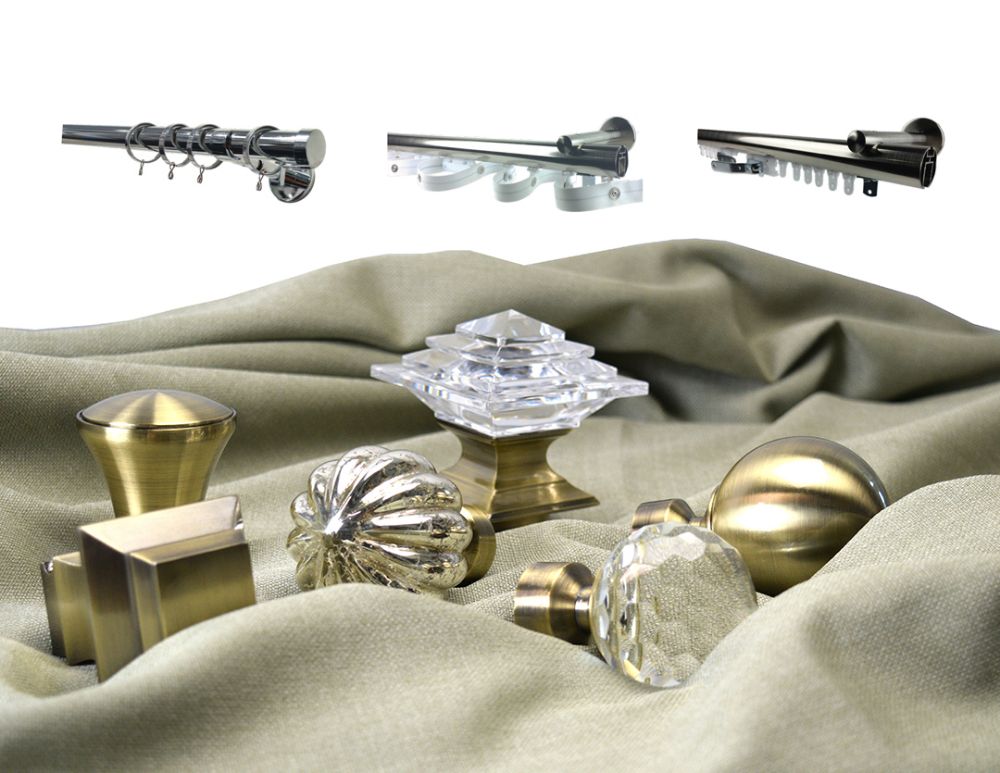
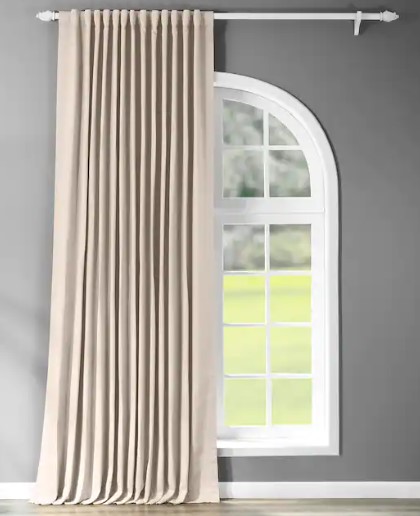
-Camera-3_1000.jpeg)
